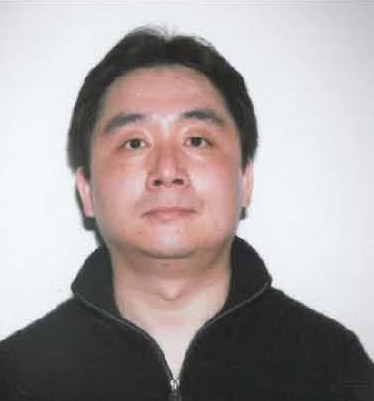发布时间:2013-06-18
题 目:Photoacoustic Imaging and its Application in Biomedicine
报告人:Dr. Xueding Wang (Chair Professor, Tongji University;Associate Professor, Department of Radiology, Department of Biomedical Engineering, University of Michigan)
时 间:6月20日(周四),上午8:30
地 点:声学馆102会议室

报告摘要:
Photoacoustic imaging (PAI), also referred to as optoacoustic or thermoacoustic imaging, is an emerging hybrid imaging technology that is noninvasive, nonionizing, with high sensitivity, satisfactory imaging depth and good temporal and spatial resolution. In PAI, a short-pulsed laser source is used to illuminate the tissue sample and generate photoacoustic waves due to thermoelastic expansion. Then the signals are measured by wide-band ultrasonic transducers to rebuild the image of the sample. Therefore, like conventional optical imaging, PAI presents the optical contrast which is highly sensitive to molecular conformation of biological tissues and can aid in describing tissue metabolic and hemodynamic changes such as angiogenesis and hypoxia. Unlike conventional optical modalities, the spatial resolution of PAI is not limited by the strong light diffusion but instead determined mainly by the measurement of light-generated photoacoustic signals. As a result, the resolution of PAI is parallel to high-frequency ultrasonography. With the unique advantages, PAI holds promise in becoming a novel and powerful molecular imaging modality for diagnostic imaging and therapeutic monitoring of inflammatory diseases, cancers and other disorders. In this talk, the theory of PAI and part of the research activities in our group at University of Michigan will be presented.
个人简介:
Dr. Xueding Wang is currently an Associate Professor with the University of Michigan, Department of Radiology, holding an Adjunct Associate Professor position at the Department of Biomedical Engineering, and he was appointed to the Chair Professor of Tongji University in June 2013. He has extensive experience in medical ultrasound and optical system development, laser-tissue interactions, and adaptation of novel imaging technologies to basic research and clinic. As a principle investigator or co-investigator of many grants from NIH, Army and NSF, Dr. Wang’s current research has been focused mainly on the development and application of photoacoustic imaging and sensing technologies, including those to arthritis, breast cancer, prostate cancer, and endomicroscopy. Dr. Wang is also serving as an associate editor for the journal of Photoacoustics and the journal of Ultrasonic Imaging.